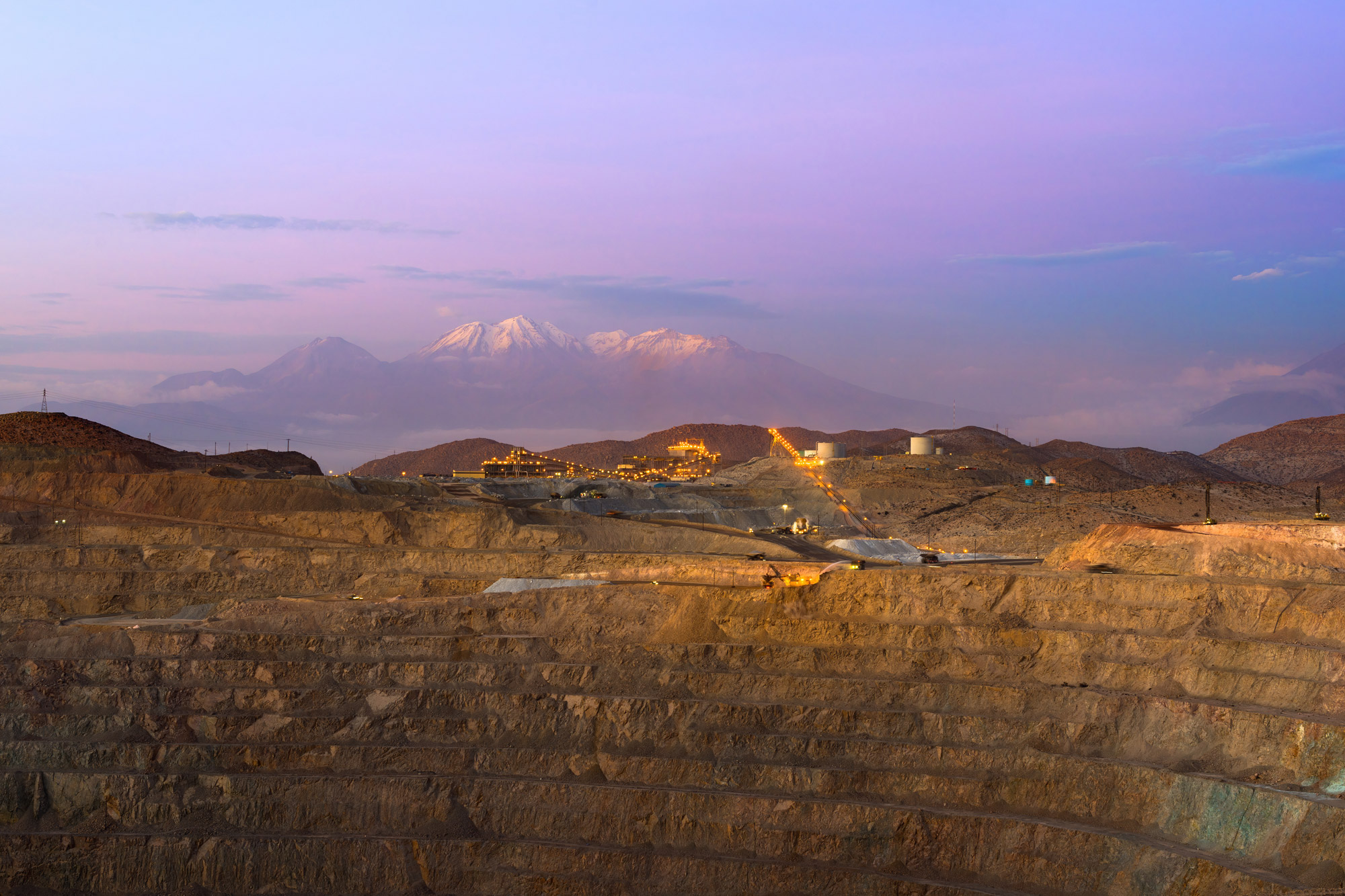Peru ranks as the world's second-largest copper producer, after Chile.
Following three years of significant growth, Peru's copper production is projected to remain flat in 2024, showing a forecasted growth rate of only 0.6% compared to 2023.

Peru copper mine production (kilotonnes), 2010-2030. Credit: GlobalData
This will primarily be due to disruptions to mining operations caused by blockades and unfavourable weather conditions.
For instance, China’s MMG is currently developing a Chalcobamba pit at its Las Bambas mine in Peru.
However, the site was blocked by local indigenous communities who objected to the expansion.
The blockade was lifted on 11 April 2024.
In addition, the Las Bambas mine produced 56 kilotonnes of copper in the first quarter (Q1) of 2024, down by 4% over the same period in 2023.
Production was impacted by lower ore milled grade, as well as adverse weather conditions.
However, this will be completely offset by the commencement of Aluminum Corporation of China’s Toromocho Expansion project this year.
The project has an annual output of 75 kilotonnes of copper and a mine life of 24 years.
In addition, an expected increase in production from the Toquepala, Cuajone, Quellaveco, and Antamina mines will further contribute to the growth.
During Q1 2024, combined production from these mines increased to 280 kilotonnes from 238.2 kilotonnes during the same period in 2023.
Overall, Peruvian copper mine production increased by 3.6% year-over-year in Q1 2024.
Peruvian copper mine production is predicted to expand modestly until 2027, then rise sharply from 2028.
Looking ahead, in the short-term, Peruvian copper mine production is predicted to expand modestly until 2027, then rise sharply from 2028.
This forecasted sharp increase in production is due to the start of several projects, including the Canariaco Norte, Chalcobamba, Trapiche, and Antilla projects in 2028.
In addition, the ramp-up of projects such as Toromocho Expansion, Tia Maria,
and Zafranal will also contribute to this growth.
Peru’s copper mine production is expected to grow at a forecast-period compound annual growth rate of 2.8% to reach 3,262.8 kilotonnes in 2030.
